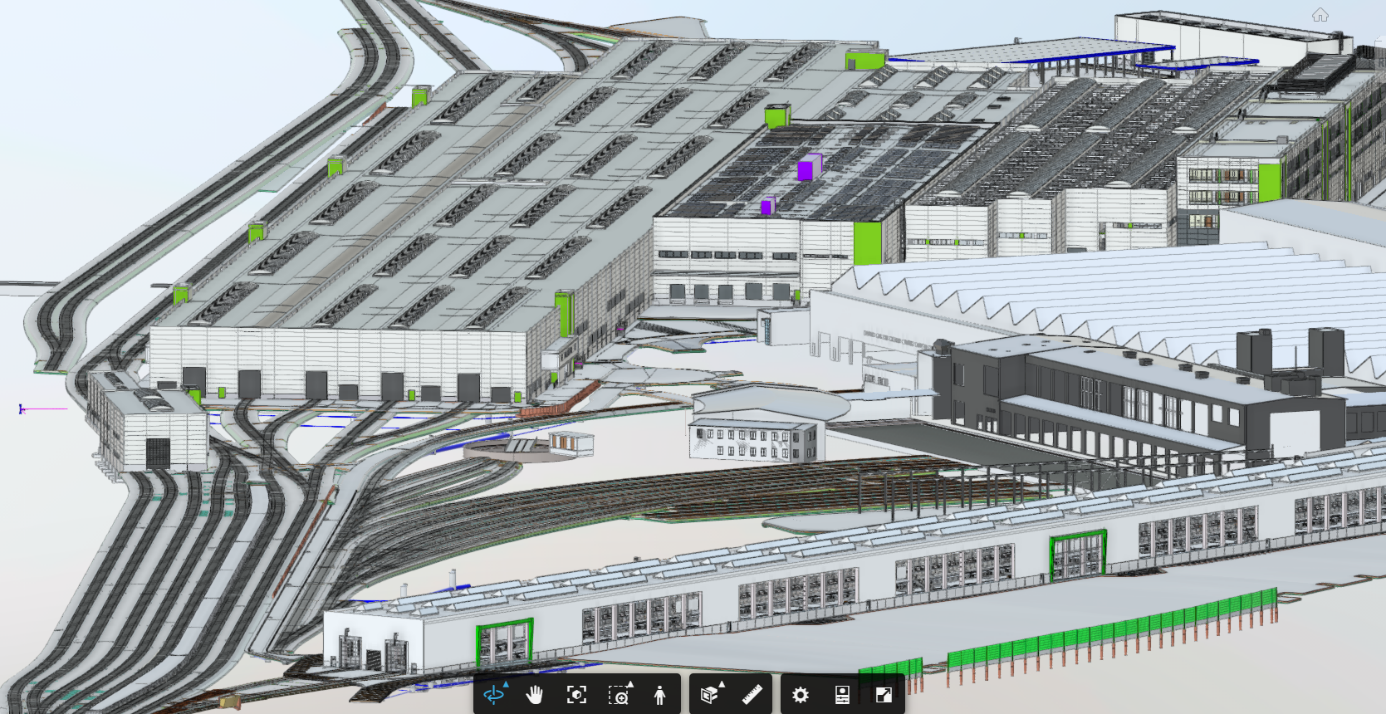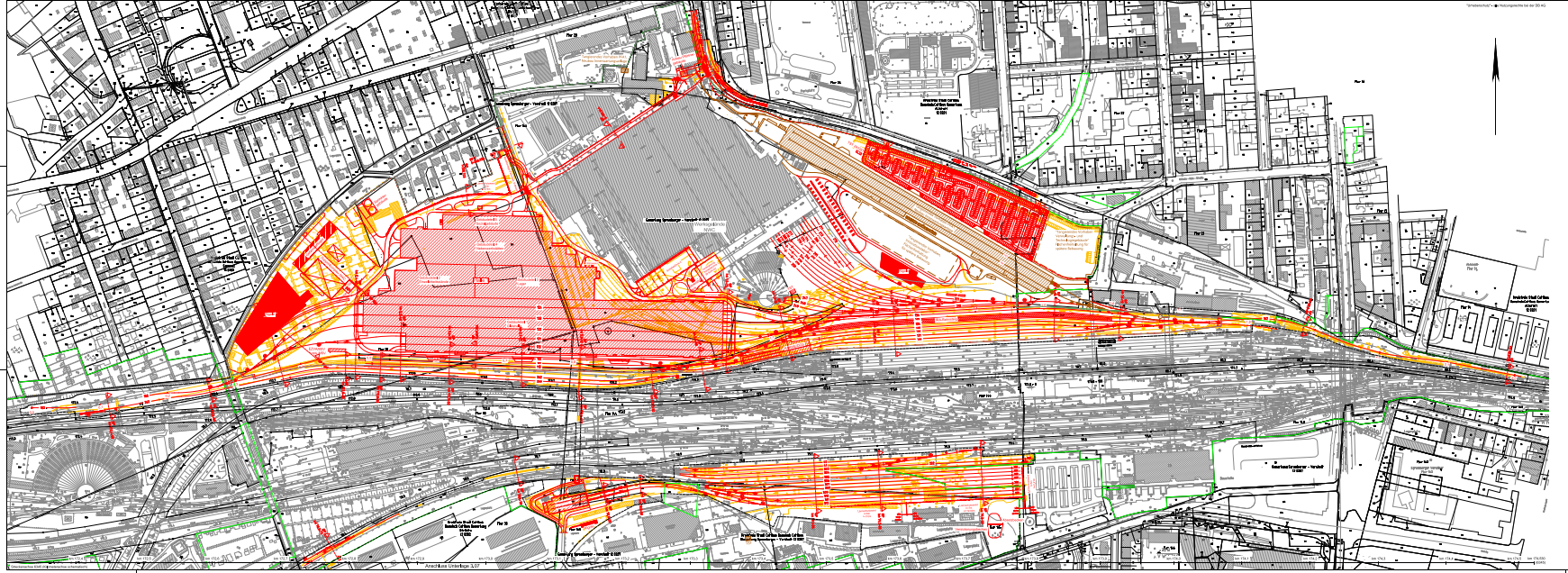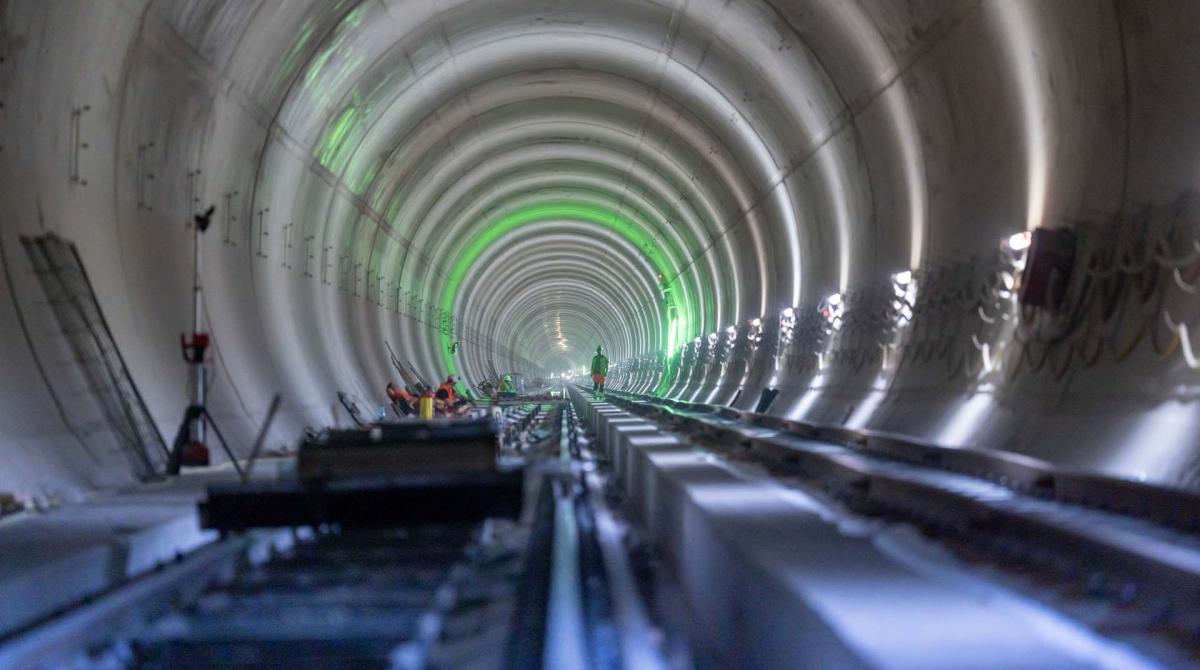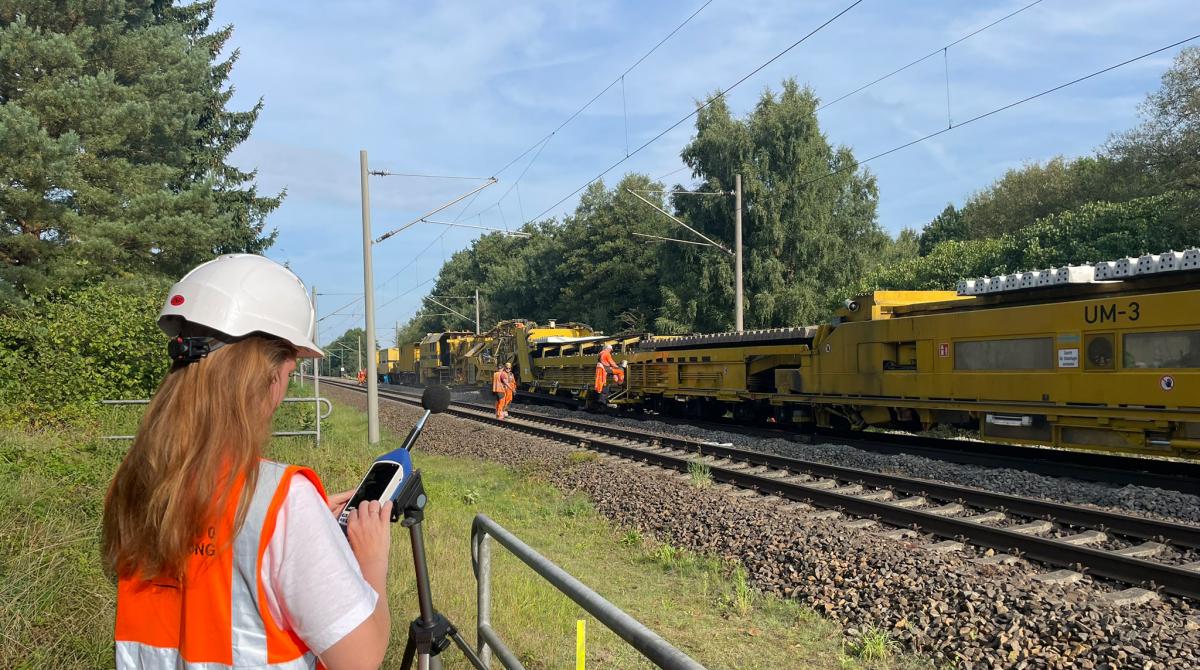New High-Speed Train Maintenance Plant Cottbus
Pilot Project of the Alliance Model at the German Railways (DB).
Currently the biggest and most modern railway maintenance plant of the German Railways is being built at the site of the traditional DB maintenance plant in Cottbus.
FCP provides comprehensive planning services for the outdoor facilities of the five-track Hall 1 by order of the Rhomberg Sersa Rail Group, which is responsible for underground engineering, track engineering, the erection of the outdoor facilities and the technical rail equipment.
The first common milestones have already been reached by submitting the coordinated final version of the planning documentation (submission) to the German Federal Railway Authority on 24 March 2023 and concluding the phase of basic design by the end of June 2023. Now detailed design is done for the start of construction in January 2024. Thus, the biggest maintenance plant of the German Railways is being planned and built at a record time!
Location. Cottbus, Germany
Client. Rhomberg Bahntechnik GmbH
Services of FCP. Basic design, approval design, bill of quantities and tender of detailed design
Participating CCs. CC Railway Engineering . CC Asset Management & BRIMOS . CC Traffic Design . CC Bridge Design & Structural Analysis . CC Civil Engineering . CC Geotechnics & Natural Hazards
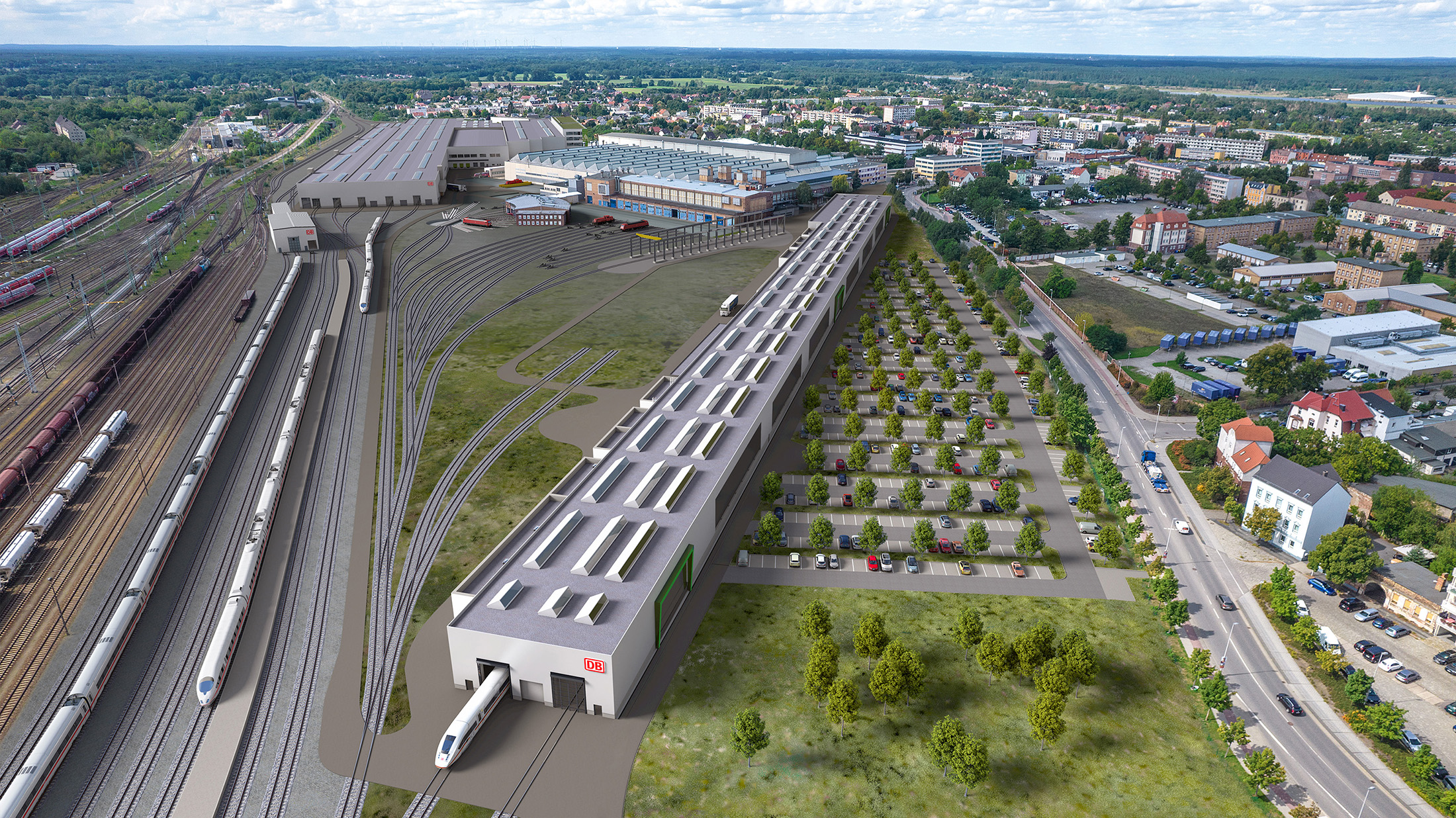
The project comprises the new building of two maintenance halls - a double-track hall with the dimensions of 445 x 33 m as well as a five-track hall with dimensions of 526 x 200 m including extensive outdoor traffic infrastructure. 1,200 new top industrial jobs will be created.
Planning offices as well as structural and civil engineering companies are integrated at a very early stage within the scope of the alliance model, which enables optimization of building cycles and building costs.
Rhomberg Sersa Rail Group, FCP and further planning partners will plan and build 58 new turnouts, several kilometres of track incl. overhead lines and technical railway equipment, roads, underground cabling works, crossing of the district heating network by means of micro-tunnelling under the tracks, several supporting structures, noise barriers and respective media supplies at the premises.
Planning is predominantly done in BIM, which provides for optimum covering of interfaces between the various planners and the trades, quick identification of conflicts and model-based bills of quantities.
